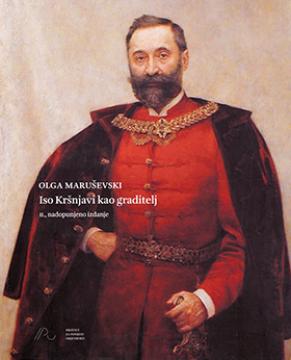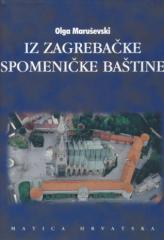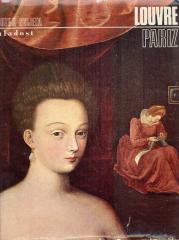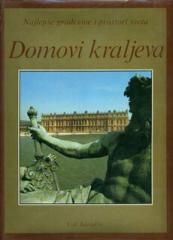
Iso Kršnjavi kao graditelj – izgradnja i obnova obrazovnih, kulturnih i umjetničkih spomenika u Hrvatskoj
Unthinkable without Strossmayer, possible after Mažuranić, and during Khuen's era it couldn't have been any different - the right man at the right time. Second edition.
"This book by Olga Maruševski, first published in 1896 by the Society of Croatian Art Historians, remains to this day one of the fundamental works, not only for knowing Izidor Kršnjavi's invaluable contribution to our architectural heritage and the history of art in general, but at the same time it is one of the most complete retrospectives of the cultural situation at the turn of the 19th and 20th centuries. By establishing and building educational, cultural and artistic institutions, the infrastructural foundations for cultural development were created and the conditions for the emergence of Croatian modernity on the artistic level were achieved. The fin de siècle period is a great renaissance, after which Croatian art established a more even and equal course towards its European environment. However, this great step forward would not have been possible without Izidior Kršnjavo, one of the key figures of Croatian culture at the end of the 19th century. A significant protagonist of the era, which demanded just such a personality - "always in Europe by ear and eye", Iso Kršnjavi was a painter, art historian, doctor of law and politician, who in a short "era" of public political activity, in a five-year term as head of the Department for worship and teaching of the National Government (from 1891 to 1896) achieved unprecedented cultural progress. (...)
The interpretation and analysis of both the cultural significance of Isa Kršnjavi and the historical era in which he worked, called in the literature "the era of Isa Kršnjavi", is scientifically based on extensive historical documentation, cited literature and archival sources, and on this basis the work achieved is classified in the category of scientific works. This category has already been confirmed many times over, as the book is recognized as basic literature for art history studies, a fundamental work for learning about Croatian cultural and artistic history at the end of the 19th century."
Ivanka Reberski
One copy is available





